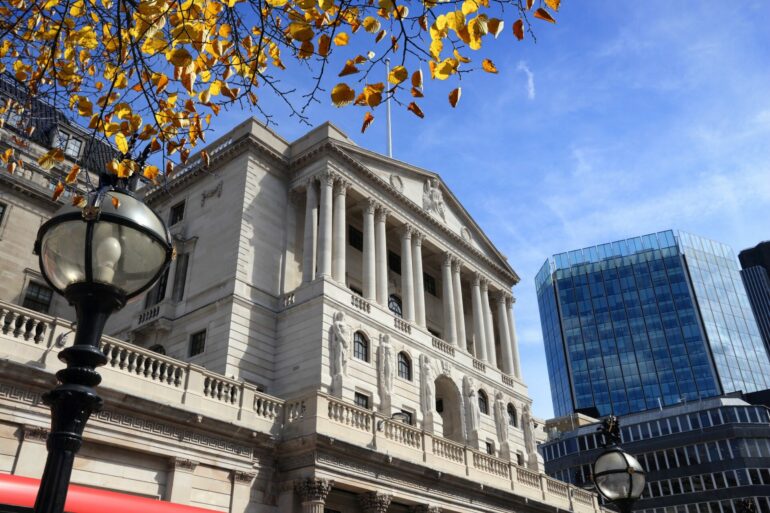Mortgage lending statistics released by the Bank of England for the fourth quarter of 2022 have shown a mixed picture for the property market.
While the outstanding value of all residential mortgage loans reached £1,675.8bn, representing a 3.9% increase from the previous year, the value of new mortgage commitments in the quarter was £58.4bn, a decrease of 33.5% from the previous quarter and 24.5% from the same period in 2021.
The data also revealed that the value of gross mortgage advances in 2022 Q4 was £81.6bn, down by £4.3bn from the previous quarter but still 16.3% higher than the same period in the previous year.
Moreover, the share of gross mortgage advances with interest rates less than 2% above Bank Rate was 93.6%, the highest seen since 2008 Q2, while the share of gross mortgage advances with loan to value ratios exceeding 90% was 5.1%, the highest since 2020 Q1.
The proportion of lending to borrowers with a high loan to income ratio decreased to 49.3%, the lowest seen since 2021 Q3.
The share for house purchase for owner occupation was 55.4%, down 0.8% from the previous quarter but up 2.3% from 2021 Q4. The share of gross advances for remortgages for owner occupation was 27.3%, down 0.8% since 2021 Q4, but up 2.4% since 2022 Q3.
There was also a slight increase in the value of outstanding balances with arrears, rising by 4.6% over the quarter and 1.3% over the year, to £13.6bn in 2022 Q4.
However, this accounts for only 0.81% of outstanding mortgage balances, remaining close to the historical low of 0.78% in 2022 Q3.
Charlotte Nixon, mortgage expert at Quilter, said: “New figures from the Bank of England show new mortgage commitments dropped off a cliff towards the end of last year as the country reeled from the damage of the mini budget.
“The value of new mortgage commitments (lending agreed to be advanced in the coming months) in 2022 Q4 was 33.5% less than the previous quarter and 24.5% less than a year earlier, at £58.4bn. If the onset of the Covid-19 pandemic and period immediately thereafter is excluded, this was the lowest observed since 2015.
“However, the period leading to up to Christmas was rife with uncertainty and while the country is still not out of the woods and still suffering with the impact of higher interest rates and high inflation the direction of travel does at least look less unpredictable.
“After the troubling days following the mini-Budget, mortgage rates have dropped faster than originally anticipated and therefore there is a chance that this will help encourage more people to market and more people will be seeking a mortgage.
“As lenders take part in a race to encourage more people to market, we are seeing rates somewhat stabilise as they compete for custom. For anyone looking to move at the moment it is important to seek mortgage advice as they can look at the whole of market and get the best possible deal which is important in this type of environment.
“The knock-on impact of so many people shunning the property market is that we have seen house prices soften over the past few months. However, as of yet many sellers are unwilling to drop prices too far but if demand continues to be depressed sellers will have no option but to drop prices further if they are to achieve a sale.
“Sadly, the results also show that the cost-of-living crisis is starting to force people to go into arrears. The value of outstanding balances with arrears increased for the first time since 2021 Q1, by 4.6% on the quarter and 1.3% on a year earlier, to £13.6bn.
“The FCA last week revealed a suite of guidance for lenders with customers that are struggling to keep up with payments. This is largely around offering customers forbearance options. Forbearance refers to a temporary agreement between a lender and a borrower in which the lender allows the borrower to temporarily reduce or pause their payments on a loan.
“Forbearance may be granted for various reasons such as financial hardship, illness, or other unexpected circumstances that may prevent the borrower from making their regular loan payments. This might include putting a customer on an interest only mortgage for a period of time to reduce their monthly payments.”



